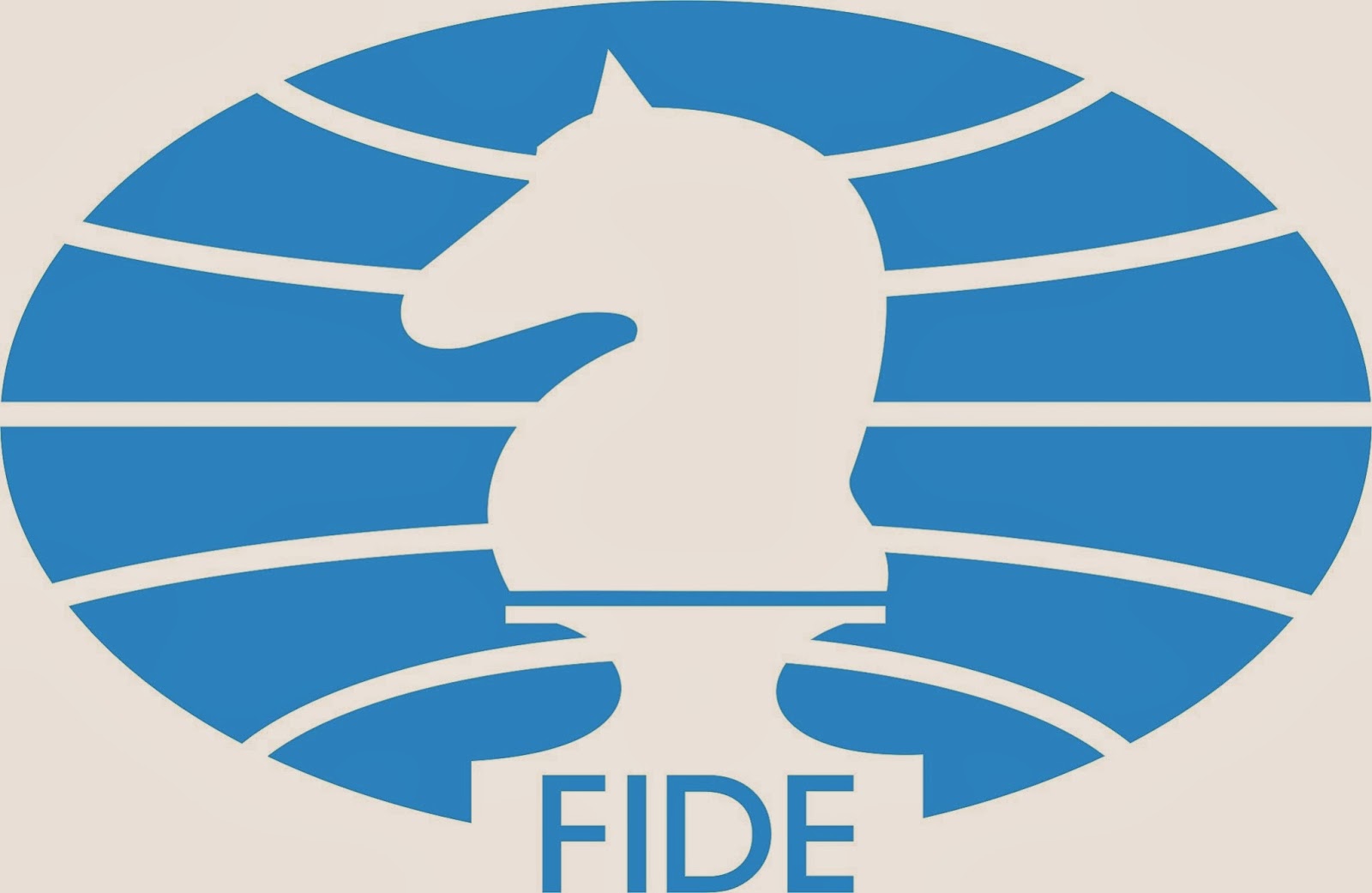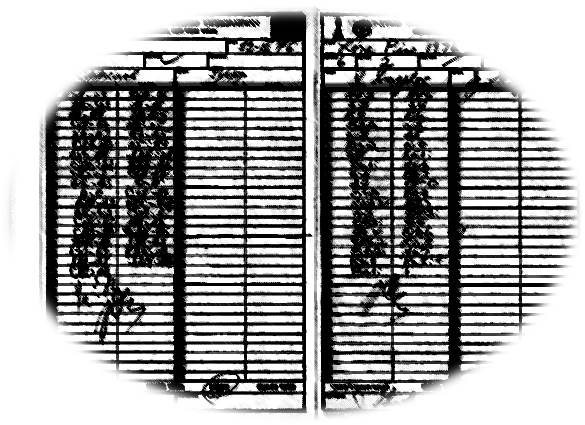What is New in Theory? (April – May 2015)
Our columnist offers a glimpse of updates from ChessPublishing.com on recent trends in openings-Ed.
My friend, Max was miffed.
“Why didn’t you post the April column?”
“I was busy…”
“That’s a lame excuse. You are bone lazy and don’t want to work on chess.”
Before my readers also join the protest let me make amends and show some fascinating novelties from both months.
So we begin with the Update on d4-specials by Richard Palliser.
I was particularly interested to see the present trends in Trompowsky Attack.

Years ago when I worked on this line I thought Black should take advantage of the absence of White bishop on queenside and attack the pawn on b2. If Bobby could make the capture of the pawn feasible in Najdorf, why not here? So here we go.
1.d4 Nf6 2.Bg5 c5 3.d5 Qb6 4.Nc3 Qxb2

Unfortunately, it does not work as Black is far behind in development and has to spend quite some time getting the queen back. After 5.Bd2 Qb6 6.e4 d6 7.f4 Black has a poor game. Palliser analyses a recent contest, Gareev-Sevian, U.S. Championship 2015 that took a different route with 7.Rb1 and his young opponent tried …g6, Bg7 and…0-0 to no avail. He was outplayed.

White’s continuation with 4.Nc3 Qxb2 5.Bd2 is known as the Vaganian Gambit. It has an excellent score card ever since the Armenian GM

(Vaganian in his younger days)
scored a sparkling victory against Kupreichik in Soviet Championship, 1974.
One point of the Trompowsky Attack is to prevent openings like the King’s Indian. After 1.d4 Nf6 2.Bg5 if Black tries …g6 White plays the spoilsport with 3. Bxf6 forcing …exf6. Black can still play…Bg7 thereafter, but he wouldn’t get dynamic positions. To return to Trompowsky Attack Black should play a move like 2… Ne4 and engage White in a hand-hand combat. This is heavily analysed, but worth the trouble.
There are two other interesting updates.
Dave Smerdon offers a re-assessment of Sicilian Wing Gambit that surfaced in Gareev-Kamsky, U.S. Championship 2015.
(I make no apologies for bringing in Gareev again. This talented player takes creative risks with his openings)
1.e4 c5 2.b4!?


At first Kamsky remained nonchalant, only to find that he was coming under pressure and it took all his ingenuity to escape with a draw. Smerdon rightly believes, this line is not to be underestimated.
Here is the position after White’s 14th move.

It’s obvious that White has pressure for the pawn he sacrificed on the second move.
Perhaps Black will have to find an improvement before.
Last but not least is Glenn Flear’s analysis of the Grünfeld Exchange Variation (D85)
Here I have always liked Karpov’s line 8.Be3 followed by 9.Qd2 and 10. Rc1. White has no discernible weak point and can nurse a tiny advantage right through the endgame.
1.d4 Nf6 2.c4 g6 3.Nc3 d5 4.cxd5 Nxd5 5.e4 Nxc3 6.bxc3 Bg7 7.Nf3 c5 8.Be3 Qa5 9.Qd2 Nc6 10.Rc1 cxd4 11.cxd4 Qxd2+ 12.Kxd2

Avoiding the queen exchange only helps White as shown in the twin variation:
1.d4 Nf6 2.c4 g6 3.Nc3 d5 4.cxd5 Nxd5 5.e4 Nxc3 6.bxc3 Bg7 7.Nf3 c5 8.Be3 Nc6 9.Rc1 cxd4 10.cxd4

Glenn Flear analyses a recent game, Bukavshin- Inarkiev Aeroflot Open 2015

and shows, White’s mobile pawn centre and superior development give him superiority.
We saw only a few updates this time and more should figure in the next column.
See you soon!
Photo Credits:
1) The image of young Vaganian is from the archives of the Russian site, e3e5.com.
2)The images of Gareev-Sevian and Gareev-Kamsky were captured by Lennard Ootes for uschesschamps.com.
3)The image of the Bukavshin-Inarkiev, Aeroflot Open 2015 was captured by Boris Dolmatovsky for Russian Chess Federation.










Comments: